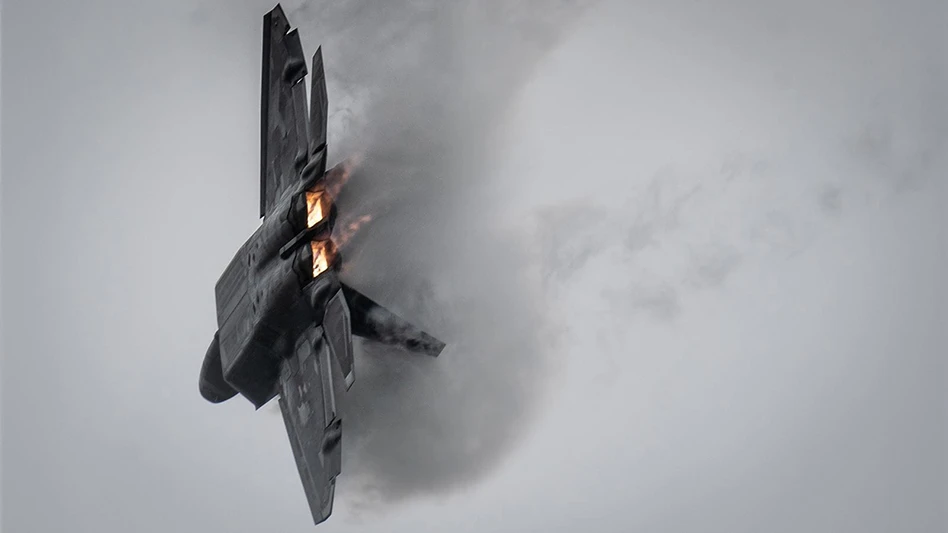
U.S. Navy photo by Mass Communication Specialist 2nd Class Jacob Mattingly
The United States Navy has put Rivada under contract to develop and deliver Virtual Network Operator capabilities over Rivada's Outernet constellation.
The Rivada Outernet is a next-generation low-Earth orbit satellite constellation. When fully deployed it will provide gigabit speeds to any point on the globe, without needing to touch the public internet or any third-party infrastructure. Rivada has designed its Outernet to serve the most demanding enterprise and government customers—those who need highly secure, high-bandwidth connectivity in even the most far-flung locations.
Consistent and highly secure, global connectivity for Navy vessels remains a challenge for both ship-to-shore and ship-to-ship communications. Under the first phase of its contract with the U.S. Navy, Rivada will engage in joint engineering cooperation with the Navy to delineate a Virtual Network architecture specifically designed to meet the Navy's needs on the Rivada Outernet.
A global low-latency point-to-point connectivity network of 600 low earth orbit (LEO) satellites, Rivada's Outernet is a unique next-generation architecture combining inter-satellite laser links with advanced onboard processing that provide unique routing and switching capabilities to create an optical mesh network in space. This approach to "orbital networking," in which data stays in space from origin to destination, creates an ultra-secure satellite network with pole-to-pole coverage, offering end-to-end latencies much lower than terrestrial fiber over similar long distances. By routing traffic on a physically separated network, it provides a layer of defense for any organization that needs to securely share data between widely distributed sites.
Rivada's Outernet is particularly well suited for the secure connectivity required by national governments and defense sectors. Leveraging the Outernet's robust, resilient and secure space-based architecture, naval users can connect their assets on a global scale with low latency and without any third-party networks in the communication chain. Assets anywhere in the world can be connected back to home soil and between each other, platform-to-platform.
“The Rivada Outernet's proliferated LEO architecture is resilient by design and built for exactly this type of use-case,” says Declan Ganley, CEO of Rivada Networks. “We’re delighted that the U.S. Navy sees the value of what we are building and look forward to delivering an operational concept that meets its needs. Our Outernet is rapidly becoming the infrastructure of choice for secure data communications.”
“Rivada is building a uniquely capable LEO constellation focused on zero trust networking,” says Commander Nick Goddard, Director of Operations of U.S. Navy Cyber Command. “The combination of security, symmetrical uplink and downlink speeds and global coverage are unique, and we are excited to collaborate with Rivada on how the Navy can best take advantage of Rivada's gateway-less architecture for innovation today and in the future. As the adversary evolves, we must continue to out-innovate, maneuver, and drive outcomes to support our global Navy Operational Ecosystem.”
Latest from Defense and Munitions
- NSPA awards RTX additional contract for optical day sights
- L3Harris breaks ground on solid rocket motor ‘Factories of the Future’ in Arkansas
- Greene Tweed's Seal-Connect portfolio for high-performance electrical connections
- Northrop Grumman secures $1.4 billion in contracts to modernize air and missile defense
- Lockheed Martin’s Precision Strike Missile aces flight test
- Murata Machinery USA's MT1065EX twin-spindle CNC turning center
- #52 - Manufacturing Matters - Fall 2024 Aerospace Industry Outlook with Richard Aboulafia
- Forge Institute launches Atomic Anvil to drive defense innovation





